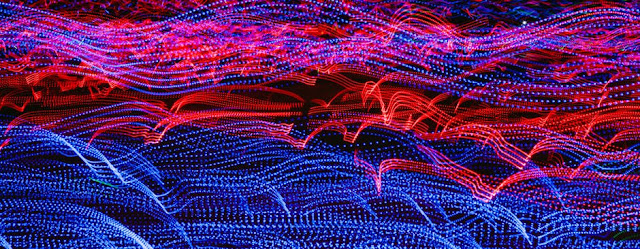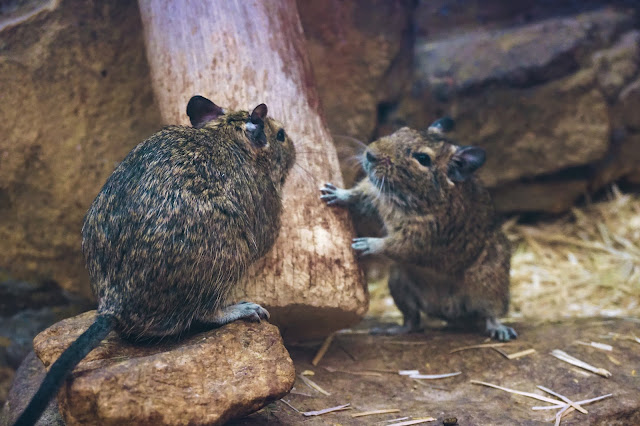The Left-Handed Brain

What do Babe Ruth, Marie Curie, David Bowie, Barack Obama, and Oprah have in common, other than fame? No, that’s not the start of a riddle; there’s a simple, non-trick answer. They’re all left-handed . Today, left-handed people make up roughly ten percent of the population. Modern science has yet to explain what causes left-handedness in humans, although we have weeded out some of our earlier theories, such as “ being a witch .” Still, the idea that lefties are in some way untrustworthy has persisted across cultures and centuries (famously, the Latin word for “left” comes from the word “sinister”). As late as the 1960’s, American public schools forced left-handed children to write with their right hand. What gives? Perhaps it’s a classic case of a majority failing to understand a minority, and coming to fear them instead. Interestingly, even today, neuroscience experiments commonly exclude left-handed subjects, in the hopes of eliminating variables. In a 2014 article in Natu

